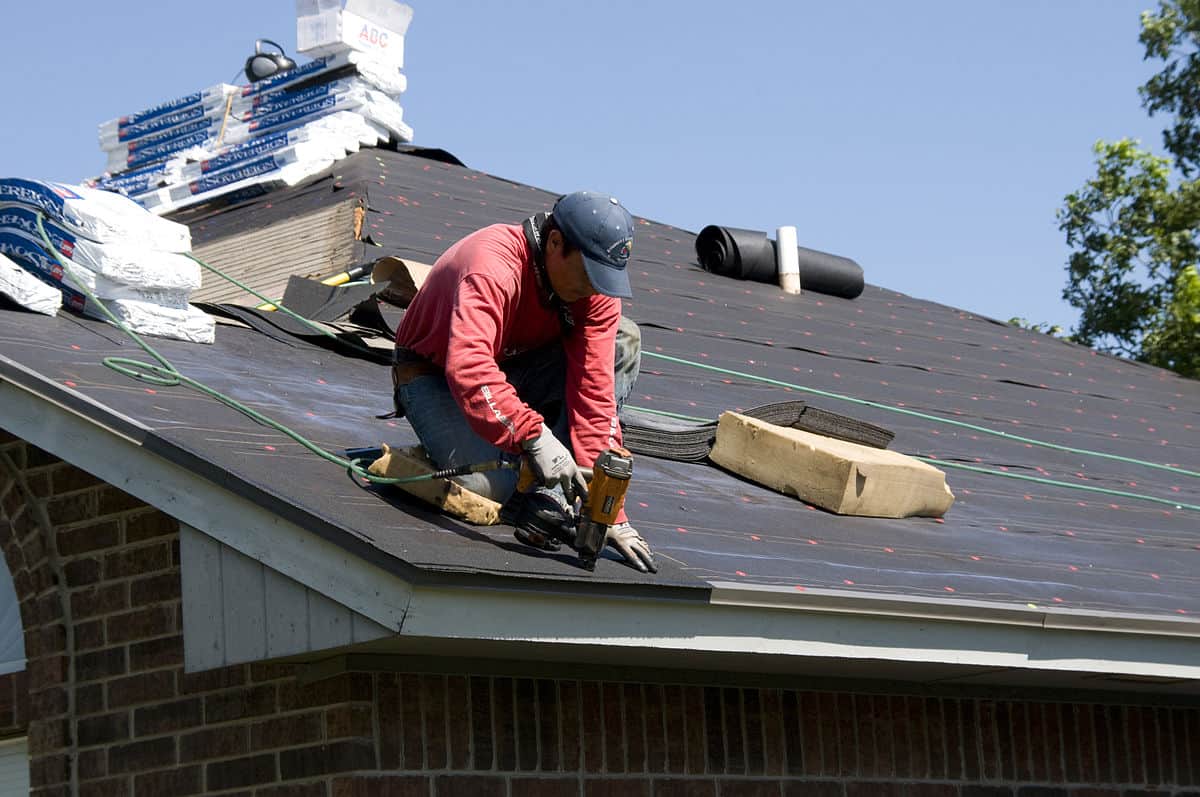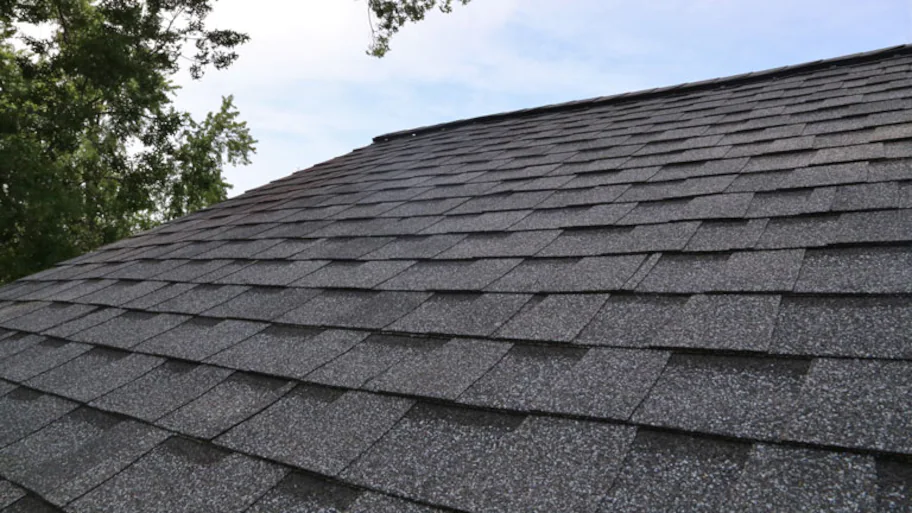Step-by-Step Overview to Locating the Right Roofing Companies in Gainesville
Step-by-Step Overview to Locating the Right Roofing Companies in Gainesville
Blog Article
Finest Practices for Ensuring Appropriate Roof Covering Ventilation
Guaranteeing proper roof ventilation is essential for the longevity and effectiveness of a roof. A well balanced consumption and exhaust air vent proportion, commonly 1:300, plays a critical duty, with intake vents preferably put at the lower edge of the roofing system for great air entry and exhaust vents at the height for cozy air leave. Normal evaluations to identify obstructions and keep clear air movement are vital. Maintaining insulation away from vents is important to prevent air movement constraint. Comprehending these fundamental aspects sets the stage for more thorough understandings right into installation and upkeep practices that can substantially improve your roof's efficiency.
Understand Ventilation Fundamentals
Correctly recognizing air flow fundamentals is crucial for making sure the longevity and effectiveness of roof. Efficient air flow reduces moisture accumulation and temperature level extremes in the attic room, both of which can lead to substantial structural damage with time. A well-ventilated roof assists in protecting against usual concerns such as mold and mildew growth, timber rot, and ice dams, which can jeopardize the stability of the roofing products and the underlying structures.
The key goal of air flow is to help with the movement of air, allowing for a constant exchange between the interior and outside environments. This equilibrium is attained with a mix of intake and exhaust vents that function together to keep optimal air flow. Intake vents, usually situated along the eaves or soffits, enable fresh air to get in the attic room area, while exhaust vents, typically located at or near the roof covering ridge, make it possible for warm, humid air to run away.
Secret factors influencing the performance of roofing air flow include proper placement, adequate sizing, and ensuring that both intake and exhaust vents are unhampered. Regular assessment and upkeep are essential to recognize possible clogs, damage, or ineffectiveness in the ventilation system, therefore safeguarding the roofing's performance and toughness.
Kinds of Roofing Vents
Roofing system vents play a crucial role in keeping effective attic air flow and, by extension, the general health of the roof covering system. Various types of roof covering vents are available, each with special advantages tailored to specific roofing needs.

Soffit vents are installed under the eaves and operate in tandem with roof covering vents to ensure a balanced intake and exhaust system. By enabling cooler air to go into from below, soffit vents facilitate the expulsion of warm air with upper vents. Gable vents, located on the exterior walls of the attic, offer an additional reliable solution, particularly in homes with saddleback roofs.
Evaluate Your Existing Air Flow

Next, take into consideration the age and condition of your roof covering materials and ventilation components. Older systems may not abide by present structure codes or might have worn away gradually, lowering their effectiveness. Conduct a detailed examination to identify any indications of damage, such as rust, damages, or spaces that might endanger the system's efficiency.
In addition, determine the attic room temperature and humidity degrees. High temperatures and humidity can suggest inadequate ventilation.
Setup Best Practices
Reliable installation of roof air flow systems is vital for ensuring ideal efficiency and long life. Proper installment starts with understanding the specific ventilation requirements of the roof and the building it covers. This entails computing the appropriate ratio of intake to wear down vents, typically sticking to the 1:300 regulation, which states one square foot of air flow for each 300 square feet of attic room flooring room.

Consumption vents need to be set up at the roofing system's reduced edge, commonly in the soffits, to allow amazing air to enter. Exhaust vents, on the this post various other hand, need to be mounted near or at the roof's height to promote the leave of cozy, wet air.
Seal all air vent links carefully to avoid air leaks and prospective water infiltration. Usage premium products and follow supplier standards to ensure toughness and performance. Furthermore, incorporating ridge vents with baffles can dramatically enhance air movement effectiveness by protecting against wind-driven rain and snow from entering the attic.
Inevitably, specific installment of roof covering air flow systems mitigates potential issues such as mold growth, ice dams, and structural damage, making sure the roof covering's honesty and the building's overall health and wellness.
Routine Upkeep Tips
Uniformity in maintenance practices is fundamental to making certain the long-term effectiveness of roof air flow systems. click this link Routine examinations are vital, ideally done biannually-- in the spring and loss. During these assessments, make sure that vents are totally free of debris, nests, and other obstructions that might restrain airflow. Look for any indicators of moisture accumulation or mold, as these can suggest inappropriate ventilation or leakages (gainesville roofing companies).
Utilize a soft brush or a vacuum cleaner to get rid of dust and particles from intake and exhaust vents. Be careful not to harm the air vent screens or louvers during the process.
Correct insulation is equally crucial. Guarantee that attic room insulation does not obstruct the vents, as this can significantly restrict air movement. If any insulation has moved or cleared up, rearrange or change it to maintain an efficient barrier.
Finally, change any kind of harmed or missing out on parts promptly. Broken vents, split roof shingles, or worn-out blinking can all add to inadequate ventilation and should be attended to without hold-up. Normal maintenance makes sure that the roof covering air flow system operates efficiently, consequently prolonging the life expectancy of the roof itself.
Final Thought
Making sure correct roof covering air flow is critical for maintaining the effectiveness and resilience of a roofing system. Adherence to the 1:300 consumption and exhaust vent ratio, paired with the critical placement of vents, is vital. Normal biannual inspections, particles cleansing, and guaranteeing insulation read what he said does not block air flow are important practices. Carrying out these finest practices will certainly promote a well-ventilated roof covering system, thus mitigating prospective concerns associated with moisture build-up and extreme heat, ultimately lengthening the roofing system's life expectancy.
A balanced consumption and exhaust air vent proportion, frequently 1:300, plays a pivotal function, with consumption vents ideally positioned at the lower edge of the roof covering for great air access and exhaust vents at the height for cozy air exit. Intake vents, commonly located along the eaves or soffits, permit fresh air to enter the attic area, while exhaust vents, often located at or near the roofing ridge, make it possible for hot, damp air to get away.
Soffit vents are installed under the eaves and work in tandem with roofing system vents to make certain a balanced intake and exhaust system. By permitting cooler air to enter from below, soffit vents assist in the expulsion of hot air with top vents. Adherence to the 1:300 intake and exhaust air vent proportion, coupled with the critical placement of vents, is necessary.
Report this page